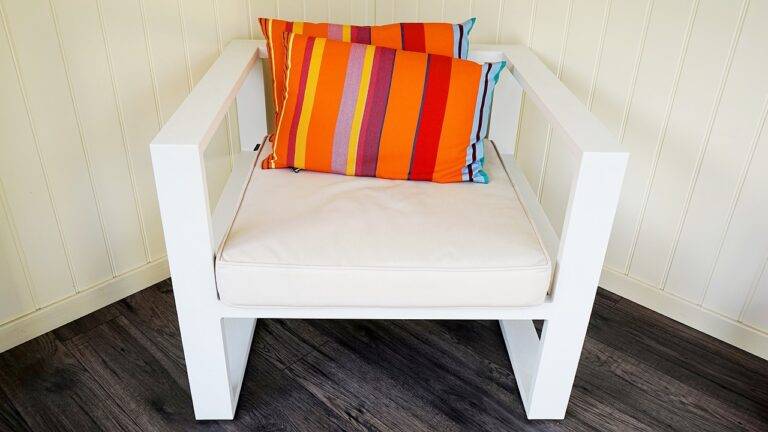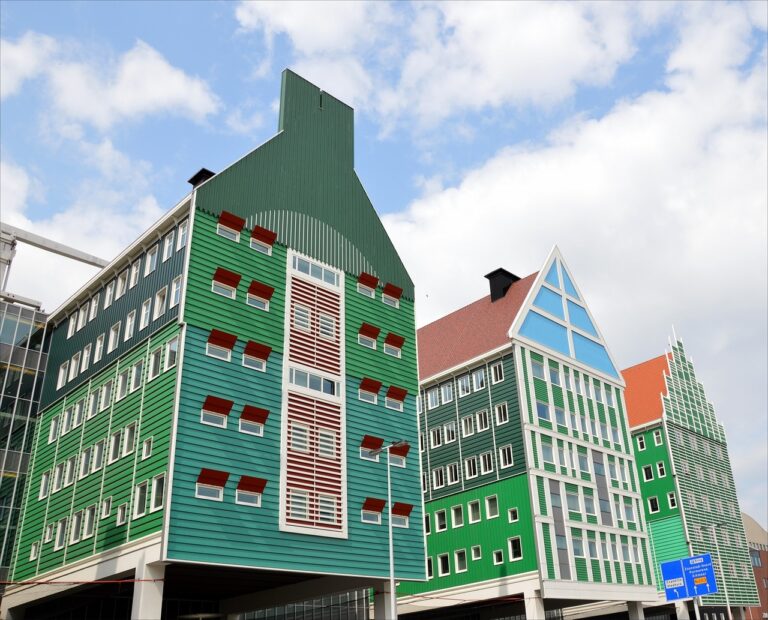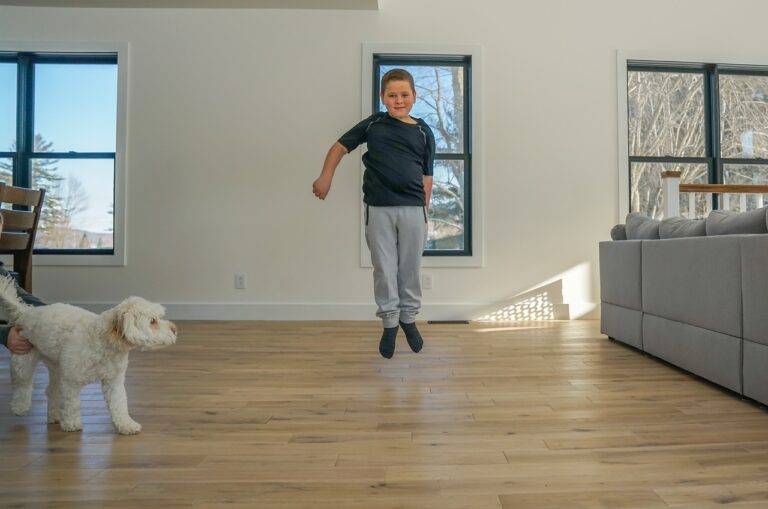DIY Painting Techniques for Professional-Looking Results
Before starting your painting project, it’s crucial to prepare your space adequately. Begin by clearing the room of furniture and other items to create a clean workspace. Remove any wall decorations, electrical outlet covers, and switch plates to ensure that the painting process goes smoothly.
Next, take the time to inspect the walls for any cracks, holes, or imperfections. Fill in any gaps with spackling compound and sand them down for a smooth finish. Use painter’s tape to protect baseboards, ceilings, and any areas you want to keep paint-free. Proper preparation is key to achieving professional-looking results in your painting project.
Choosing the Right Paint for Your Project
When selecting the right paint for your project, it is essential to consider the surface you will be painting on. Different paints are designed for specific surfaces such as wood, metal, or drywall, and using the correct type will ensure a long-lasting and durable finish. Be sure to read the label on the paint can to determine its suitability for the surface you are working on.
Another factor to consider when choosing paint is the sheen or finish. Matte finishes are great for hiding imperfections on walls, while glossy finishes are more durable and easy to clean. Satin and eggshell finishes offer a middle ground, providing a subtle sheen that is also washable. Consider the purpose of the room you are painting and the amount of traffic it will endure when deciding on the appropriate finish for your project.
Properly Applying Primer for a Smooth Finish
Before you apply primer to your surface, make sure it is clean and free of any dust, dirt, or debris. Use a damp cloth to wipe down the area and allow it to dry thoroughly before starting the priming process. This step is crucial in ensuring that the primer adheres properly and creates a smooth base for the paint to adhere to.
When applying the primer, use a high-quality brush or roller to achieve even coverage. Start by cutting in the edges and corners with a brush before using a roller to cover the larger areas. Be sure to work in small sections to prevent the primer from drying too quickly and creating uneven texture. Additionally, follow the manufacturer’s instructions for drying times and apply a second coat if necessary to achieve a flawless finish.
Why is it important to apply primer before painting?
Primer helps the paint adhere better to the surface, improves the durability of the paint job, and can help hide imperfections on the surface.
How do I choose the right primer for my project?
Choose a primer based on the surface you are painting (wood, drywall, metal, etc.) and the type of paint you will be using. Some primers are designed to block stains, while others are formulated for specific surfaces.
Can I skip the primer and just apply multiple coats of paint instead?
While it is possible to skip the primer and apply multiple coats of paint, using a primer will provide a smoother and more durable finish in the long run.
How should I properly apply primer for a smooth finish?
Before applying primer, make sure the surface is clean and free of any dust or debris. Use a high-quality brush or roller to apply the primer in even, thin coats. Allow each coat to dry completely before applying the next one.







